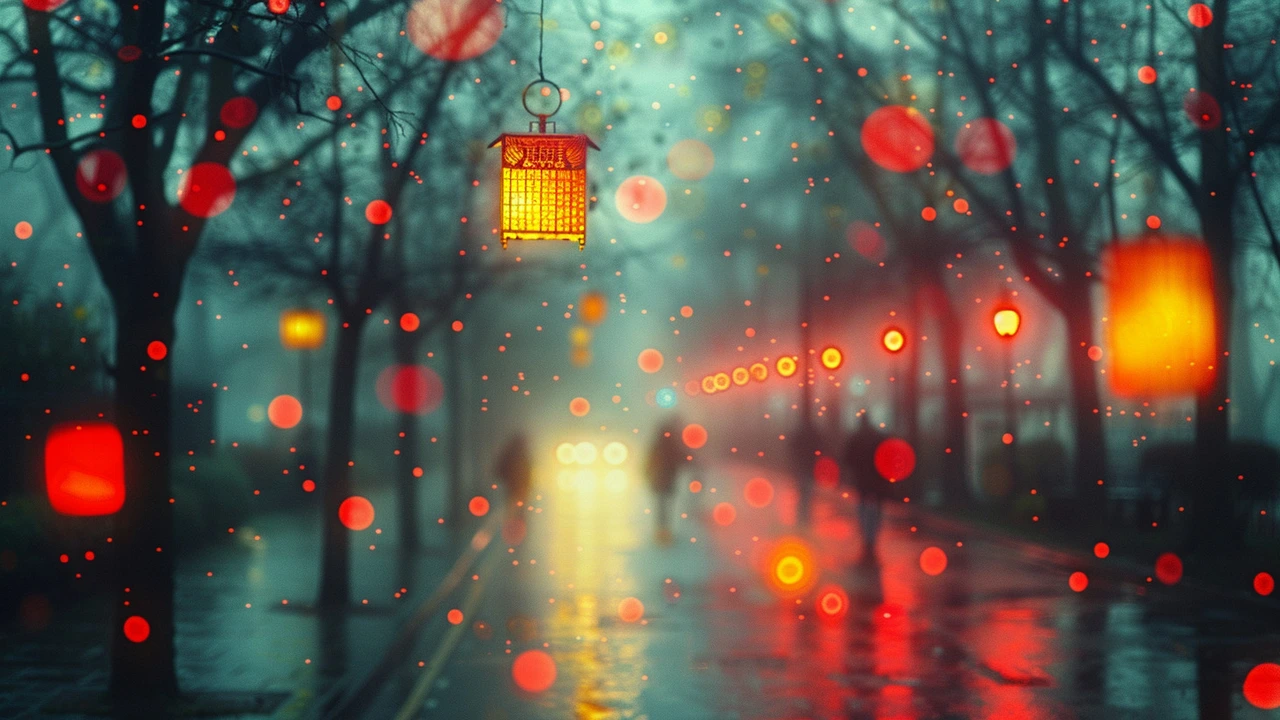Visual Storytelling: How Artists Use Images to Tell Powerful Stories
Visual storytelling means using images, color, space, and sequence to share an idea or emotion without many words. It grabs attention fast and makes viewers remember what they see. Great visual stories lead the eye, suggest a moment before and after, and make ordinary things feel charged.
Artists use clear tools to build that story. Composition places the main subject where the eye lands first. Light and shadow set mood and time. Color can represent mood or character—warm tones feel intimate, cool tones feel distant. Details and props act like clues. Sequence or series shows change over time; think of installation art that unfolds step by step or photorealism that freezes a high-detail moment. Symbolism can be simple: a broken chair for loss, a bright window for hope.
Different movements teach different lessons. Photorealism shows how detail creates believability and trust. Abstract Expressionism proves emotion can be the main character through gesture and color. Bauhaus focuses on function and clarity, which helps the viewer read a message fast. Fluxus and installation art invite audience action, turning spectators into actors in the story. Cubism breaks time and angle, letting viewers piece together multiple moments at once.
Want practical steps to make stronger visual stories? Start with one clear sentence: what do you want the viewer to feel or know? Choose a dominant element that communicates that sentence—face, object, color, or space. Remove competing details. Use light to point attention and color to set tone. If you work in a series, plan the beats: beginning, turning point, and end. Test your piece by asking a friend one question about it; if they answer close to your sentence, you succeeded.
When you look at art, try reading like a detective. Note the focal point, then scan for repeated shapes, unusual props, and where shadows fall. Ask: what happened just before this scene? What might happen next? Notice contrasts: small vs large, bright vs dull, calm vs frantic. Those contrasts often carry the story.
Use visual storytelling beyond canvases. In home decor, arrange objects to suggest a life story—stacked travel books, a well-worn chair, a single plant. In public art and urban design, use scale and sightlines to guide movement and memory. In games and media, combine environmental clues with sound and light to make players feel a place before they read any text.
Quick checklist: one-sentence story, clear focal point, pared details, moodful light, intentional color, and a test viewer. Try a short exercise: make one image that shows a secret and one that reveals it. Compare how people react and adjust. Practice like this and your visual storytelling will get sharper fast.
Want quick resources? Photograph one scene a day and write one sentence about its story. Make small thumbnails before large work to test composition. Study film stills to learn pacing. Read case studies like photorealism, Bauhaus, and installation art to see techniques in action. Keep visual diary for 90 days.

